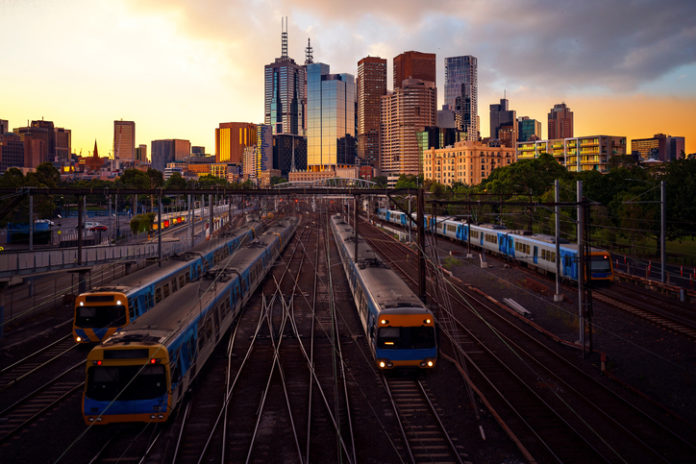Victoria’s Northern Councils Alliance has released the Northern Region Transport Strategy and Northern Region Transport Study Stage 2: Bus Networks, as guidance documents for improved transport infrastructure across Melbourne’s north.
The region is home to one million people or 20% of the population of Greater Melbourne.
“It’s one of the fastest growing regions, with a population of 1.5 million forecast by 2036 – a growth rate of 2.8% compared to 1.6% for Greater Melbourne. One in six Victorians live in the northern Melbourne region,” the City of Whittlesea Council said in a statement.
“But this population growth has not been matched with the necessary investment in transport infrastructure. Over the years this has caused massive road congestion and delays in connecting between transport options – limiting business growth and access to employment, education and health services.”
It said the Northern Region Transport Strategy and Bus Networks Study were the result of a collaborative effort to arrive at a joint list of transport priorities for the region, developed by the municipalities of Banyule, Darebin, Hume, Mitchell, Moreland, Nillumbik and Whittlesea in conjunction with regional partners, and was funded by the Northern Metropolitan Partnership.
“The next step is advocating to Commonwealth and State Governments for support and funding to achieve the strategy’s goals,” the Council said.
“Melbourne’s north is the engine room of Victoria’s economy, but it needs a vastly improved and interconnected transport system if it is to reach its full potential.”
Investment to planning and improved road, rail and bus networks, as outlined in the Northern Region Transport Strategy and Bus Networks Study, is essential for precinct development (as outlined in Plan Melbourne), business and employment growth, access to education and health services, future proofing the economic and social development of Melbourne’s north, and ensuring equality for the community, said Banyule City Council and Chair of the Northern Councils Alliance, Councillor Elizabeth Nealy.
“Investment in transport infrastructure for our region was urgently needed before COVID-19 … and it’s even more critical today,” she said.
Cr Nealy said it was a great example of Councils working together and providing a blueprint for the future of their region.
“The Northern Region Transport Strategy and Bus Networks Study provide comprehensive analysis of the transport needs of the region and were designed to align government and stakeholders in improving the transport network and to help fully release the potential of the region,” she said.
City of Darebin Mayor, Lina Messina said: “With the population in Melbourne’s north tipped to reach 1.5 million by 2036, we need to kickstart the economy in this region. Investing in the right transport infrastructure will be key to doing just that.”
Mitchell Shire Council Mayor, Bill Chisholm, added: “This population growth has not been matched with the necessary investment in transport infrastructure and so, over the years, our region has experienced massive road congestion and delays in connecting between transport options. This limits access to employment, education and health services.”
Nillumbik Shire Council Mayor, Frances Eyre said moving people in and out of the
city every day was not a recipe for growing local jobs.
“Being able to move people between our precincts, will be the key to allowing residents to access employment, education and health precincts, and will reduce congestion,” she said.
Hume City Council Mayor, Carly Moore said Melbourne’s north was the engine room of Victoria’s economy.
“But it needs a vastly improved and interconnected transport system if it is to reach its full potential and support the northern region’s economic importance to the state.”
To read the Northern Region Transport Strategy and Northern Region Transport Study Stage 2: Bus Networks (Bus Networks Study), visit:
www.northerncouncils.org.au.


